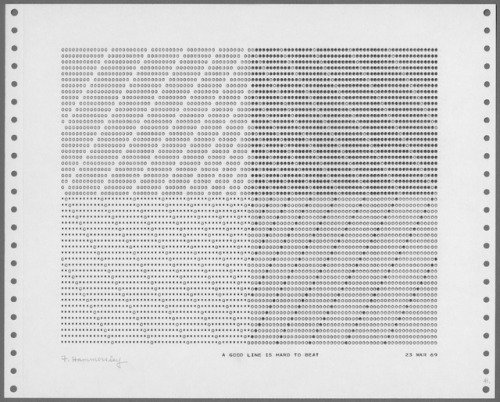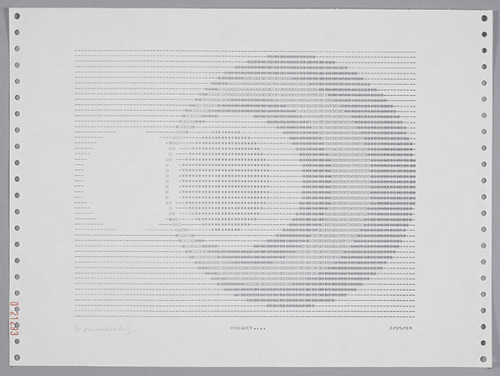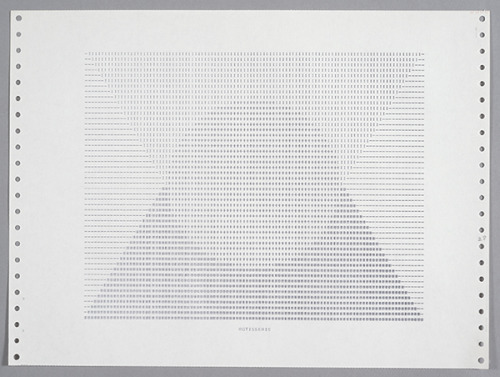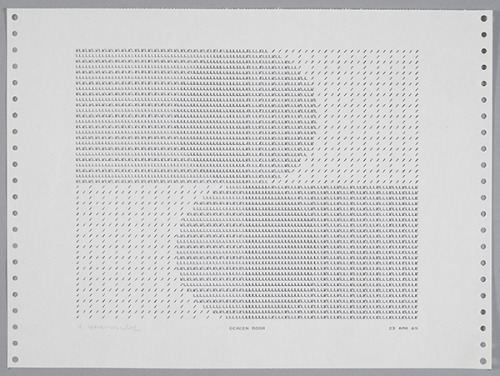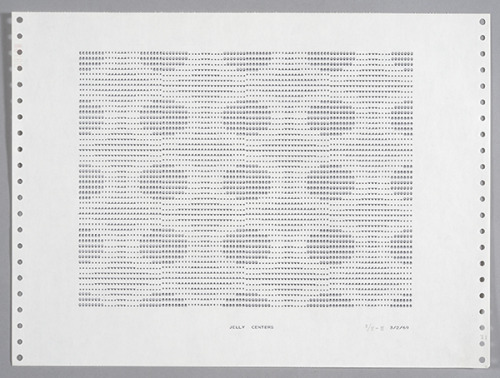

These are IBM’s first computers: IBM 5100 (1975) and IBM 5110 (1978).
The 5100 had 256 characters but half of the characters were just underscored versions of the other half. It used IBM’s mega obscure EBCD encoding instead of ASCII. IBM 5110 dropped most of the underscored characters, which made room for semi-graphic characters. Encoding was changed to the slightly less obscure EBCDIC, and there were 14 localized character sets with 12 characters each.
Character set photos from Voidstar, where there are also more details about the character sets.





